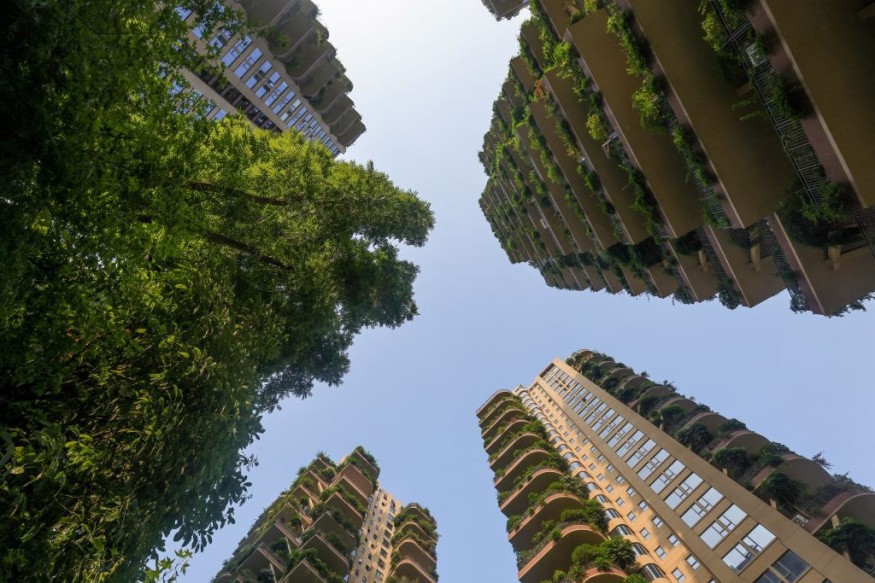MIT scientists suggest using space bubbles to mitigate the worst effects of climate change. While geoengineering is intriguing, an essential priority should be to reduce present emissions.

Using Space Bubbles
Researchers at the Massachusetts Institute of Technology believe that we may prevent the worst effects of climate change by using space bubbles. They've proposed a plan in which a massive raft of bubbles, strategically placed between Earth and the Sun, would deflect sunlight (and hence heat) to prevent future global warming.
"Geoengineering might be our last and only choice." "However, most geoengineering concepts are earth-bound, posing great threats to our biological biosphere," according to a web page dedicated to the topic. "We could reverse today's global warming if we deflect 1.8 percent of incident solar energy before it impacts our planet."
According to the scientists, the bubble array would be built of inflated shields of thin silicon or another appropriate material. The bubble cluster would be put in outer space at a Lagrange Point, where the Sun's and Earth's gravitational forces generate a stable orbit. The experts also stated that if the proposal is realized, the completed array will be nearly the size of Brazil.
A Critical Issue

One of their critical problems with their plan was the practicalities of creating a big film, carrying it into space, and then unfolding it to form the bubble raft. They proposed making the spheres in space to reduce transportation expenses.
"[The] bubbles may be purposely destroyed by disturbing their surface equilibrium," the MIT researchers noted. "This would make the solar geoengineering approach reversible and drastically reduce space debris."
They also mentioned the difficulty in preserving the bubble shield's integrity. "The effective replacement rate will be researched to ensure the shield's size is maintained and ways to provide a seamless end-of-life transition."
Out of the Box (or Planet) Ideas
This isn't the first time a space-based approach to blocking the Sun has been presented. In 2017, research proposed an Earth-sized barrier to protect our communication infrastructure from solar flares.
But why go to such lengths (which always have dangers and consequences)? The MIT researchers defined the suggested space bubbles as something to augment existing climate change mitigation efforts. However, it is still a speculative idea, and alternative options are available. If the political will, financing, and technology are available for these high-tech solutions, then far more realistic options, such as halting new oil and gas drilling operations, should be attainable.
Science-Based Deadline
According to the Intergovernmental Panel on Global Change, we only have three years to reduce emissions and avert climate calamity. Our present fossil fuel infrastructure is sufficient to throw us over the brink, which we can avoid by keeping the oil in the ground and striving to decarbonize our systems.
People in the United States already feel the effects of years of pollution. Some of the West Coast's and Southwest's significant reservoirs are running dry. Several states are suffering severe heat, and towns throughout the country are instituting water restrictions due to widespread drought. We don't have time to mess about in space, hope it works, and then keep pumping greenhouse gases into the atmosphere.
For more environmental news, don't forget to follow Nature World News!
© 2025 NatureWorldNews.com All rights reserved. Do not reproduce without permission.





